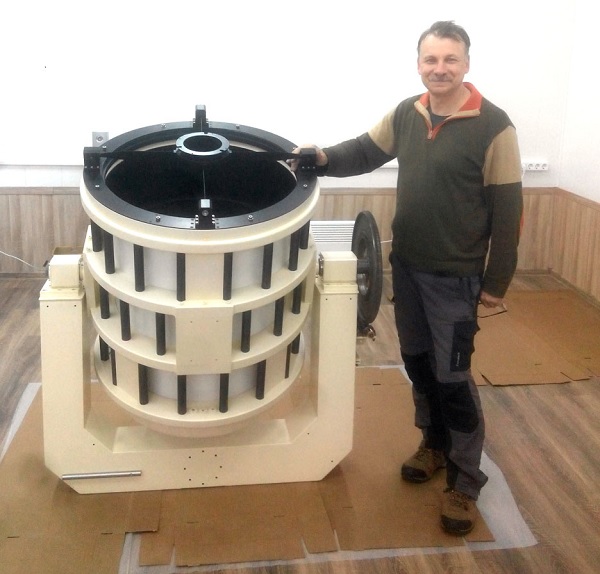
Twenty-one years ago, we went to the White Sands Missile Range to get the first press tour of a previously top-secret military installation.
We were on assignment from Astronomy magazine, and had bugged the people at the Lincoln Near-Earth Asteroid Research (LINEAR) program so much, they decided to let us come in with other reporters for the first public event they had ever held.
By that time, in late 1998, LINEAR was already having a huge effect on the field of astronomy, and was making it increasingly difficult for amateurs to pursue one of the most attractive goals in the hobby: Getting your own name on a new comet.
Finding a new comet in the sky is just about the only way to get your name attached to an object in the sky, and for amateurs it’s something of a holy grail. Even the general public knows, for example, that the comet that ran into Jupiter in 1994 was called “Shoemaker-Levy 9,” even if they had no idea which “Shoemaker” or “Levy” it was named after. And when the comet of the (20th) century came by in 1997 and was, sadly, interpreted as a sign of the apocalypse by the Heaven’s Gate cult in San Diego, the public knew it was named “Comet Hale-Bopp,” again probably knowing nothing about either Hale or Bopp. (To those of us in the hobby, Shoemaker, Levy, Hale, and Bopp were well known figures, although the last, Bopp, had been little known before his discovery, and we got to write one of the most complete stories about him and his discovery.)
Anyway, even by 1998, it was becoming clear that a lot of comets were bearing the name “LINEAR” rather than a person’s name because of a top-secret operation in the New Mexico desert. What was this LINEAR and how was it beating all of the amateurs to the game?
We had a lot of fun that day at White Sands meeting the scientists at LINEAR. They explained that they had taken a very sophisticated and huge imaging chip developed for military spy satellites to view the ground from orbit and put that chip in ground-based, automated telescopes and aimed it skyward instead. The four automatic scopes they had in operation created an awesome observing array that scanned huge swaths of the sky night after night, and used incredibly powerful software (for 1998) that automatically ignored anything that was stationary (i.e., stars) so they could find huge numbers of asteroids and, yes, new comets.
Soon, I wrote in my story for Astronomy in April 1999, amateurs putting their names on comets might become a thing of the past.
But even with the success of LINEAR and then other professional programs like it that also came online later, a few hardy amateurs have managed to beat the robot telescopes at their own game. They do it through perseverance, technical know-how, and some luck.
In recent years, however, that game has gotten tougher and tougher.
By 2016, of the 36 new comets discovered in the sky, only one was found by an amateur.
His name is Gennady Borisov, and he’s in Crimea.
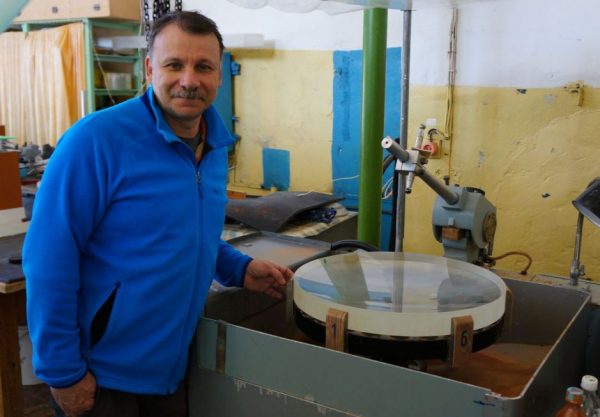
But you’re probably going to be hearing that name more and more, because Borisov’s newest discovery is not just a new comet. It’s the first comet ever discovered that seems to have come from outside our own solar system.
Comet 2I/Borisov has astronomers around the world in a high state of excitement right now. It’s only the second object detected of any kind that is believed to have come from outside the solar system (and that’s why it is named 2 “I” for interstellar). The first interstellar object, the extremely strange “Oumuamua,” a long and narrow asteroid spotted in 2017, wasn’t seen until it was already leaving the solar system, and observations of it were very limited.
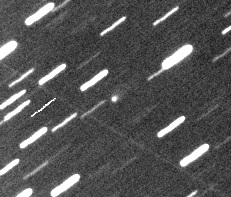
But 2I/Borisov was found by Gennady Borisov in August while it was still inbound. It won’t reach its closest approach to the Sun until December 7, and there should be plenty of time for astronomers to make observations that will refine its trajectory. (Unfortunately, the comet is not expected to get greater than 15th magnitude in brightness, which makes it a tough object even in sizable amateur telescopes. But professionals will be imaging it steadily and putting those images online.) Already, a Polish team has suggested it might have figured out which system originated the comet, a red dwarf binary star known as Kruger 60 that lies some 13 light years distant (that’s about 76 trillion miles). But more observations are needed to confirm that.
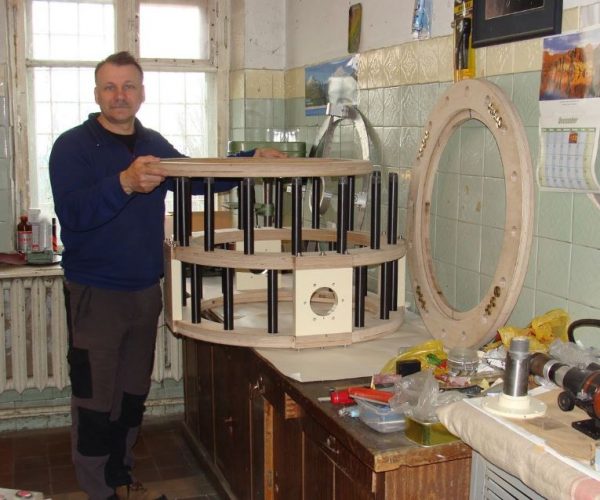
Borisov himself is an engineer who works with a professional observatory in Crimea, but he also has his own private observatory where he discovers comets, and it houses telescopes that he’s built himself.
To find 2I/Borisov, he used a new homemade 25.5-inch (0.65-meter) reflector telescope with an extremely short focal length that yields a huge field of view of 120 arc minutes — large enough to see four full moons, side by side.
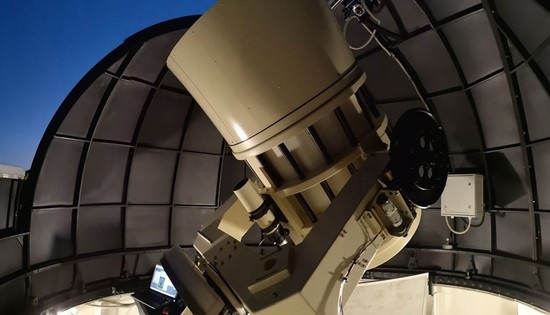
This is a formidable telescope design, on the quite large side for amateurs, but still, even with this much firepower, it’s Borisov’s track record — he has eight comet discoveries going back to 2013 — that keeps him beating the robot professionals, who have even larger instruments.
Borisov has outdone those professionals for the comet discovery of the 21st century, if not the most intriguing comet discovery of all time.
This is what he said about it to a Russian news outlet:
I observed it on August 29, but it was August 30 Greenwich Time. I saw a moving object in the frame, it moved in a direction that was slightly different from that of main asteroids. I measured its coordinates and consulted the Minor Planet Center database. Turned out, it was a new object. Then I measured the near-Earth object rating, it is calculated from various parameters, and it turned out to be 100 percent – in other words, dangerous. In such cases I must immediately post the parameters to the world webpage for confirmation of dangerous asteroids. I posted it and wrote that the object was diffuse and that it was not an asteroid, but a comet.
In another interview, he talked about how difficult it was getting for amateurs to get their names on comets…
In 2016, only I have discovered a comet. In 2013, there were seven of us. Every year there are less and less. There are more and more huge telescopes. Amateurs will soon have nothing left.
Well, you snagged the big one, Gennady. Prepare for a rush of media as the comet comes closer, and more news organizations want to know how you managed to snag it in a telescope of your own design.
поздравляю!






